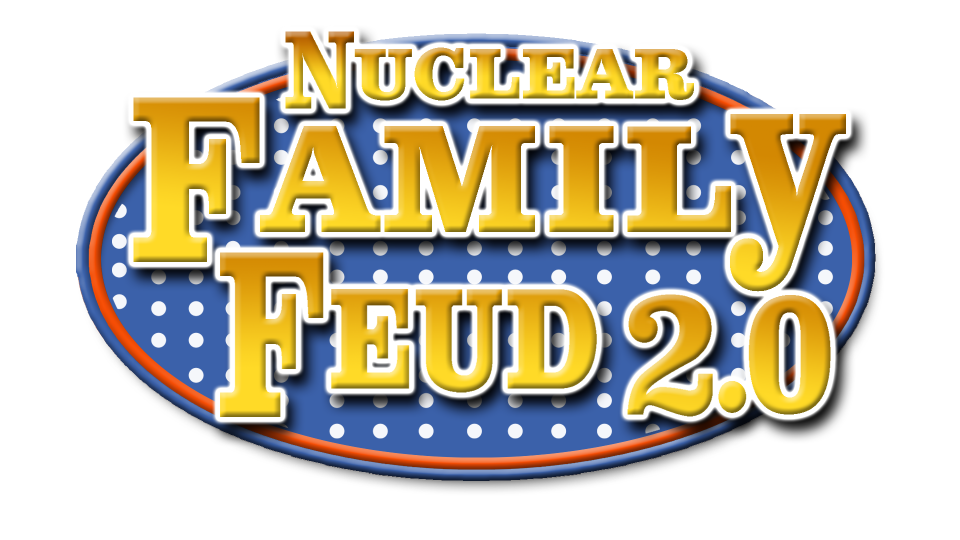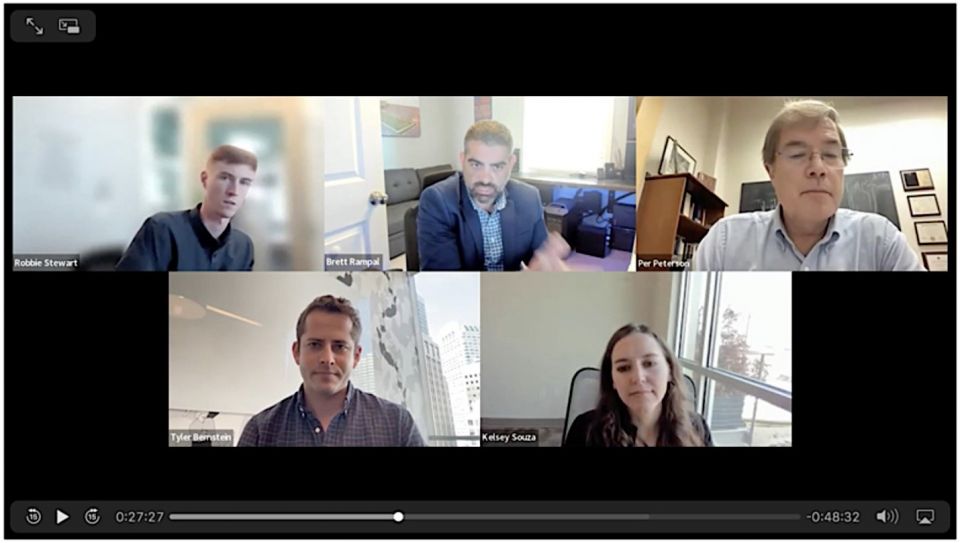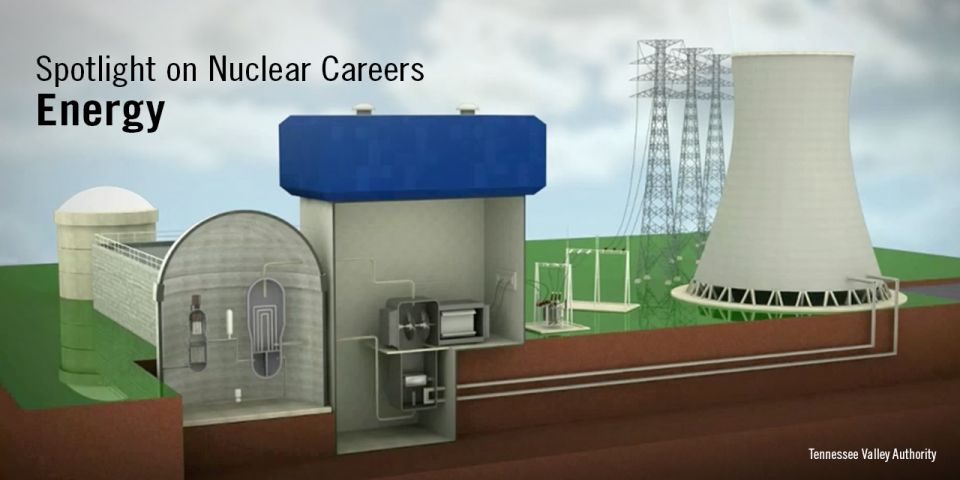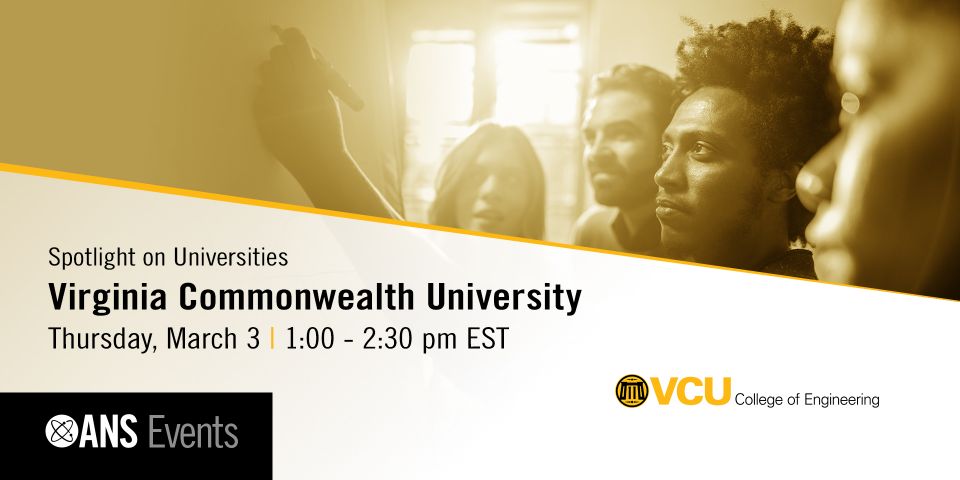ANS Young Members tackle “pop culture” nuclear myths

To kick off the new academic year, the ANS Young Members Group hosted the online “Nuclear Mythbusting Pitch Competition” on September 22. Students competed in debunking nuclear misconceptions and misrepresentations in popular culture. While having fun and winning prizes, they set the record straight regarding nuclear science and technology.
The competition: Julie McCallum, cochair of the YMG Programs Committee, helped organize the event, which attracted about 20 attendees. The three student competitors each had five minutes and two slides maximum to communicate their argument to the prompt: Tell us about a movie, TV show, or other media with representation of nuclear energy, and whether it was good or bad science.
Three judges were on hand to evaluate the pitches: a scientist from Idaho National Laboratory evaluated technical nuclear issues; an employee of Sandia National Laboratories considered technical, nonnuclear issues; and a media production specialist judged the nontechnical, nonnuclear points.
Ian Lynch, a student at UMS-Wright Preparatory School who is planning to study nuclear engineering and physics in college, gave his presentation on the recent Chernobyl series, focusing focused on one scene where Soviet scientist Valery Legasov explains the potential dangers of the nuclear accident to Mikhail Gorbachev early during the incident by comparing uranium-235 atoms to “bullets” and stating that the Chernobyl reactor has a billion trillion of these bullets, which can penetrate everything they touch, including food, water, and the human body.
In debunking the scene, Lynch noted that although the Chernobyl reactor did hold billions of uranium atoms, it was not the atoms that posed the main danger, and in fact, were not even relevant at that point in the Chernobyl incident.
Fabiano Carvalho, a Ph.D. candidate in industrial engineering at the University of Tennessee–Knoxville, chose the 1990 submarine movie The Hunt for Red October—specifically, the portayal of the Soviet Typhoon class nuclear submarine—as the target of his mythbusting. He explained several mischaracterizations about the fictional submarine’s magnetohydrodynamic (MHD) propulsion system, including its supposed radiation emissions and silent operation. An MHD drive is not a nuclear energy system, per se. It does not emit radiation and most definitely isn’t silent. Further, the technological limitations of MHD drives stymied their application in transportation.
Andrew O’Connor, a Ph.D. candidate in materials science and engineering at the University of Florida, spoke about the numerous factual problems with the 2002 TV movie Atomic Twister, in which tornadoes cause a series of scary problems at a nuclear power plant in a small town.
O’Connor favored attendees with choice, frightening quotes from the movie, such as “I am declaring a stage-one alert,” “This place is gonna blow,” and “This is gonna make Chernobyl look like a firecracker.” before discussing the movie’s blunders, including perpetuation of nuclear myths, incorrect information about water use, the cooling tower steam “losing water” needed for safety systems, and the role of the Nuclear Regulatory Commission during an emergency response.
Zachary Van Horn, from Pennsylvania State University, offered a prerecorded video presentation on Zombie Prom, a 1993 musical that was adapted into a short film in 2006.
The plot of the movie, set in 1958, is about Johnny, a high school boy who commits suicide by jumping into the cooling tower of a nuclear plant. Johnny’s jump leads to a “class-three nuclear disaster” for the town, and as for Johnny—he comes back as a zombie.
Although the inaccuracies were numerous—historically as well as scientifically—the cooling tower was the “main myth that needs busting,” said Van Horn. In the movie, it was referred to as the “main waste treatment silo,” and to add insult to injury, the size of the tower was far too small.
O’Connor took first place, winning a prize of $250. Second place went to Carvalho, who won $100 and a pair of ANS pint glasses. Lynch placed third and received a pair of ANS pint glasses.
Public education: Though this event was all in good fun, it shed light on of the many misconceptions about nuclear energy that are prevalent in popular culture. McCallum posed the idea that the ANS YMG may develop nuclear mythbusting posts to share on social media.
ANS events and recordings: As a reminder, information about upcoming ANS virtual events and meetings are available online. Recordings of past events are also available.






